
My first job out of college was with the consulting arm of Arthur Andersen & Co. (which has since morphed into Accenture). Andersen invested heavily in training their staff and went so far as to buy their own college campus west of Chicago to house staff while attending classes. I spent many a day there as student and faculty.
Andersen may have been the only professional services firm to have its own liquor license. The training center was in the middle of nowhere and the partners deemed it smarter to set up a bar on campus rather than set hordes of recent college graduates loose after class. Days were spent learning the practicalities of auditing or computer programming. Evenings were devoted to knitting people into the culture.
I don’t know that that was a design criteria for the facility. It was certainly a result. After classes, students mixed with faculty, junior staff with partners. Over beers, the stories of successes and failures were told. Connections were made face-to-face that made later conference calls more effective. We were all turned into “Androids” and pleased with the result.
Two decades later, I’m part of a small core group creating a new consulting firm. There are about 25 of us at the start, refugees from Accenture, McKinsey, and elsewhere. But we aspire to much; our goal is to grow and compete with the organizations we had left. Six years later we have more than a thousand professionals across the U.S. and a foothold in the E.U.
We’ve all seen what investments in training and a strong culture can do. But we don’t have a college campus handy. We’re operating out of offices sublet from our lawyers. Our consultants, when they’re not at a client site, work from wherever home might be. Our only rule is that consultants must live near an airport large enough that they can reach client sites on Monday mornings.
One of the core mechanisms we used to create and reinforce a culture of our own was to convene All Hands Meetings once a month. Everyone came to Chicago. We did training and shared updates on the business.
It took some fighting with our CEO, but we designed the agendas with lots of time between sessions. And partners picked up the bar tabs in the evenings.
We did one more thing to jumpstart creating a culture out of nothing. We sought out “signature stories” of client incidents and events that represented the culture we sought. Some we shared in the formal agenda. Some we dropped into hallway conversations. Some we saved for the bar.

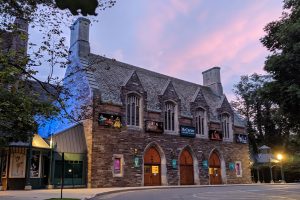 Despite how long ago it was, my university education was still an expensive proposition. Part of my financial aid package was an on campus job. In my freshman year, that job was working as a janitor in my dorm. Dealing with the bathrooms on Sunday mornings was not a pleasant experience.
Despite how long ago it was, my university education was still an expensive proposition. Part of my financial aid package was an on campus job. In my freshman year, that job was working as a janitor in my dorm. Dealing with the bathrooms on Sunday mornings was not a pleasant experience. Have you learned to have a healthy suspicion about “the way things are supposed to be”?
Have you learned to have a healthy suspicion about “the way things are supposed to be”?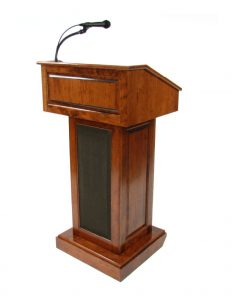 I got involved in theater early on in my high school days. I was quite happy working backstage in various capacities. There was a production that a friend, Kathy, persuaded me to audition for with her. It was terrifying, a disaster softened only by being mercifully brief. Clearly, I was not cut out for the stage; I wasn’t brave enough.
I got involved in theater early on in my high school days. I was quite happy working backstage in various capacities. There was a production that a friend, Kathy, persuaded me to audition for with her. It was terrifying, a disaster softened only by being mercifully brief. Clearly, I was not cut out for the stage; I wasn’t brave enough.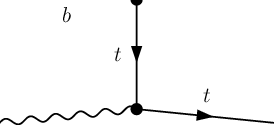 It was the prototypical professor’s office. Book lined shelves, stacks of paper on most horizontal surfaces, ivy-covered walls visible across the courtyard. The day before, we had paid a visit to a potential case site. I was a newly-minted case writer meeting with my boss, Professor Cash. I was a former student and had left a lucrative consulting job In a quest to obtain a doctoral degree.
It was the prototypical professor’s office. Book lined shelves, stacks of paper on most horizontal surfaces, ivy-covered walls visible across the courtyard. The day before, we had paid a visit to a potential case site. I was a newly-minted case writer meeting with my boss, Professor Cash. I was a former student and had left a lucrative consulting job In a quest to obtain a doctoral degree.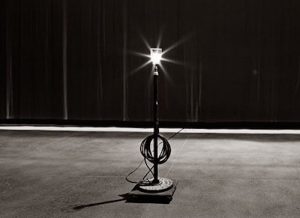 We rolled the last road box up the ramp and onto the truck. We were done. The truck was on its way to Chicago, our next stop. The stage was now bare, empty of the sets, lights, and cast that had filled it a few hours earlier. I had one last task as the Stage Manager before heading off to the cast party now in more than full swing.
We rolled the last road box up the ramp and onto the truck. We were done. The truck was on its way to Chicago, our next stop. The stage was now bare, empty of the sets, lights, and cast that had filled it a few hours earlier. I had one last task as the Stage Manager before heading off to the cast party now in more than full swing.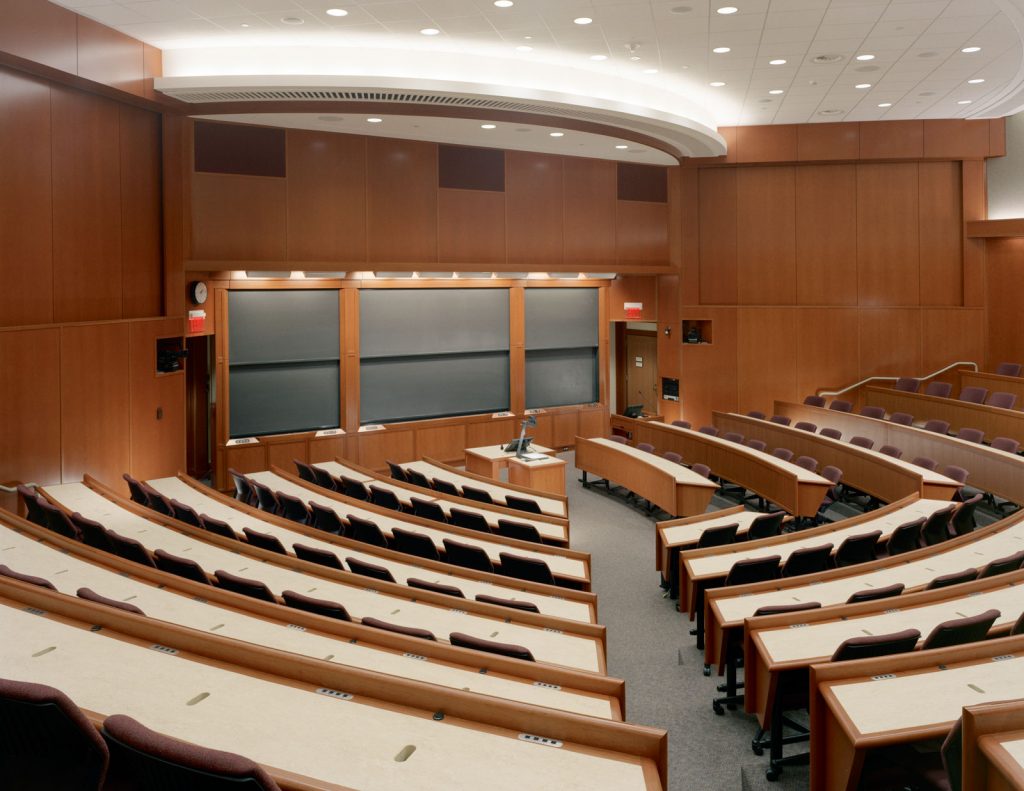 During my time as a case-writer and doctoral student I was able to observe faculty teach in these rooms without the burden of having to prepare for class (other occasions when I hadn’t prepared constituted a different sort of burden). A professor at the board or in the pit still occupied the position of power and authority. What was fascinating to watch was how professors roamed about the entire space and managed the power dynamics accordingly.
During my time as a case-writer and doctoral student I was able to observe faculty teach in these rooms without the burden of having to prepare for class (other occasions when I hadn’t prepared constituted a different sort of burden). A professor at the board or in the pit still occupied the position of power and authority. What was fascinating to watch was how professors roamed about the entire space and managed the power dynamics accordingly.